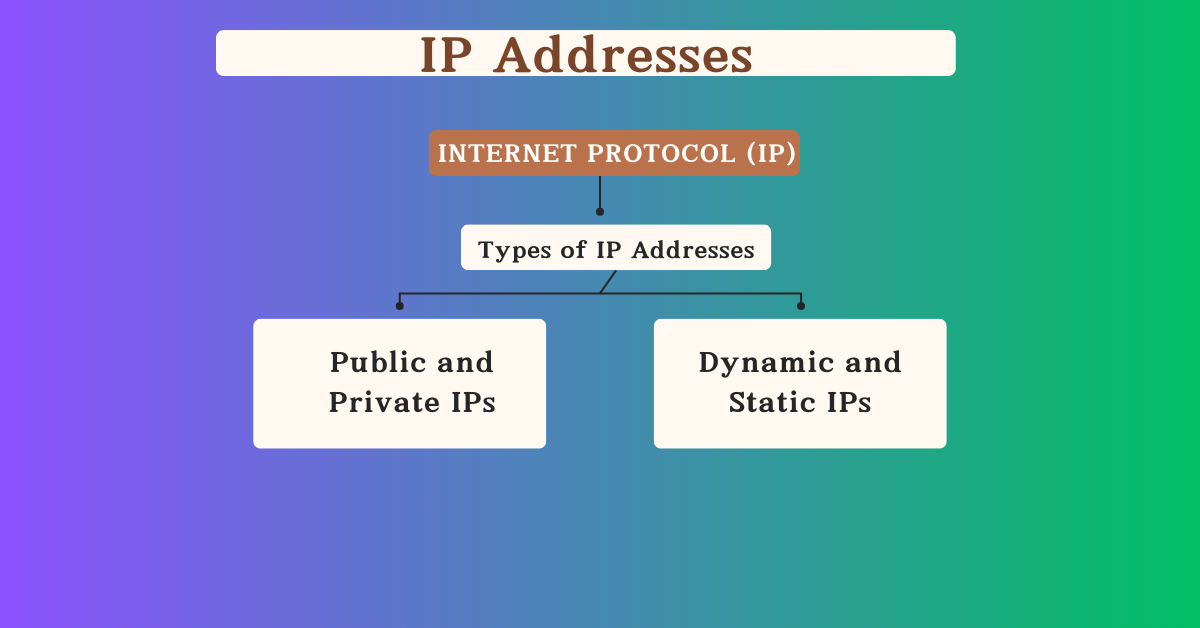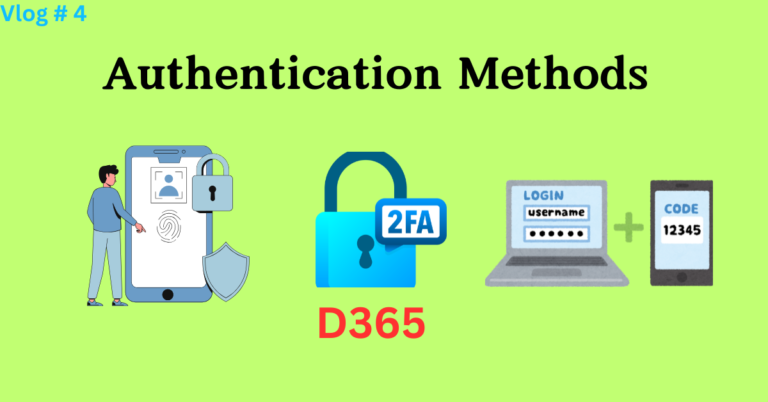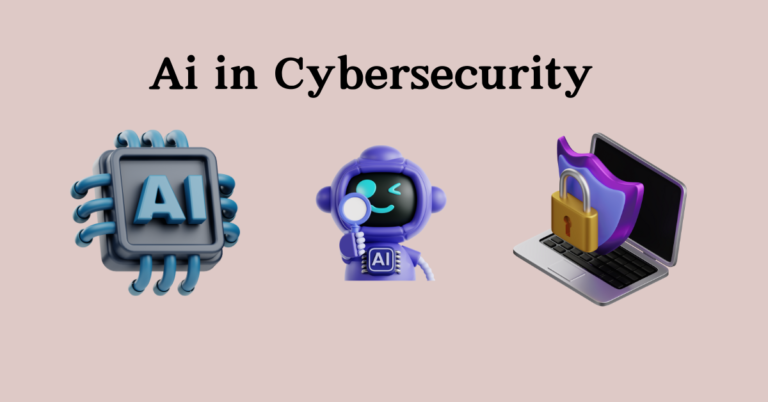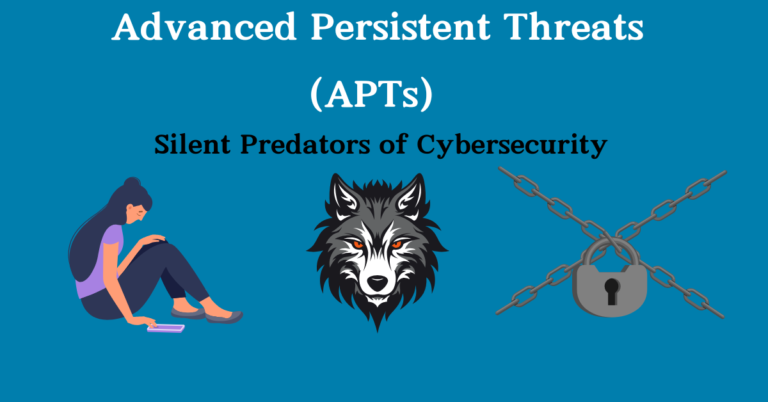
The term IP address is often mentioned when discussing the internet, but many people don’t fully understand what it is or how it works. Let’s break it down step by step in a simple and organized way.
What is an IP Address?
An IP address (Internet Protocol address) uniquely identifies every device connected to a network. Just as your home address ensures mail reaches your house, an IP address ensures data reaches your device.
Why is it Important?
IP addresses are essential for devices to find and communicate with each other on a network. Without them, the internet wouldn’t work.
Types of IP Addresses
1. IPv4 (Internet Protocol Version 4)
The most common version of IP address.
It consists of four sets of numbers separated by dots.
Example: 192.168.1.1
Characteristics:
Length: 32 bits (4 bytes).
Range: 0.0.0.0 to 255.255.255.255.
Challenge: Limited to about 4.3 billion unique addresses, which is not enough for the growing number of devices worldwide.
2. IPv6 (Internet Protocol Version 6)
Introduced to solve the address shortage caused by IPv4.
It consists of eight groups of hexadecimal numbers separated by colons.
Example: 2001:0db8:85a3:0000:0000:8a2e:0370:7334
Characteristics:
Length: 128 bits.
Range: Trillions of unique addresses.
Advantage: Supports the increasing number of devices and offers better security features.
How Do IP Addresses Work?
When you connect to the internet:
Your device is assigned an IP address by your Internet Service Provider (ISP).
This IP address acts as a digital passport for your device.
When you request something, like visiting a website, your IP address identifies your device and ensures data is sent back to you.
Example of the Process:
You open your browser and type www.example.com.
Your request is sent to a DNS (Domain Name System), which translates the website name into an IP address (e.g., 93.184.216.34).
The server at this IP address receives your request, retrieves the webpage, and sends it back to your device.
Types of IP Addresses Based on Use

1. Public IP Address
Assigned to your device by your ISP.
They are used to identify your device on the internet.
Example: 203.0.113.1
2. Private IP Address
Used within local networks (like your home Wi-Fi).
These addresses are not accessible directly from the internet.
Example: 192.168.0.10
Static vs. Dynamic IP Addresses
Static IP: Does not change over time (e.g., for servers).
Dynamic IP: Changes periodically, assigned temporarily by your ISP.
Special IP Addresses
Some IP addresses are reserved for specific purposes:
127.0.0.1: Used to test your device’s network interface (loopback address).
0.0.0.0: Represents an unspecified address.
255.255.255.255: Broadcast address for sending messages to all devices on a network.
Real-World Examples
Accessing a Router’s Settings: Most routers use private IP addresses like 192.168.0.1 or 192.168.1.1. You can type these into a browser to access your router’s admin panel.
Tracking an IP Address: Websites like WhatIsMyIP.com allow you to see your public IP address. This can help troubleshoot network issues.
IP Blocking: Websites can block specific IP addresses to prevent access, often used to block spammers or malicious users.
Key Concepts to Remember
An IP address is like a digital address for your device.
There are two main versions: IPv4 and IPv6.
Public IP addresses are used on the internet; private IPs are for local networks.
Static IPs stay the same; dynamic IPs change over time.
Conclusion
IP addresses are the backbone of the internet, enabling communication between devices across the world. Whether you’re setting up a home network, troubleshooting internet issues, or just curious about how the internet works, understanding IP addresses is a fundamental step.
With IPv6 on the rise, the future of connectivity is bright, ensuring we’ll have enough addresses for all the devices we’ll ever create.
Let us know if you have any questions or want to explore more about networking! 🌐




